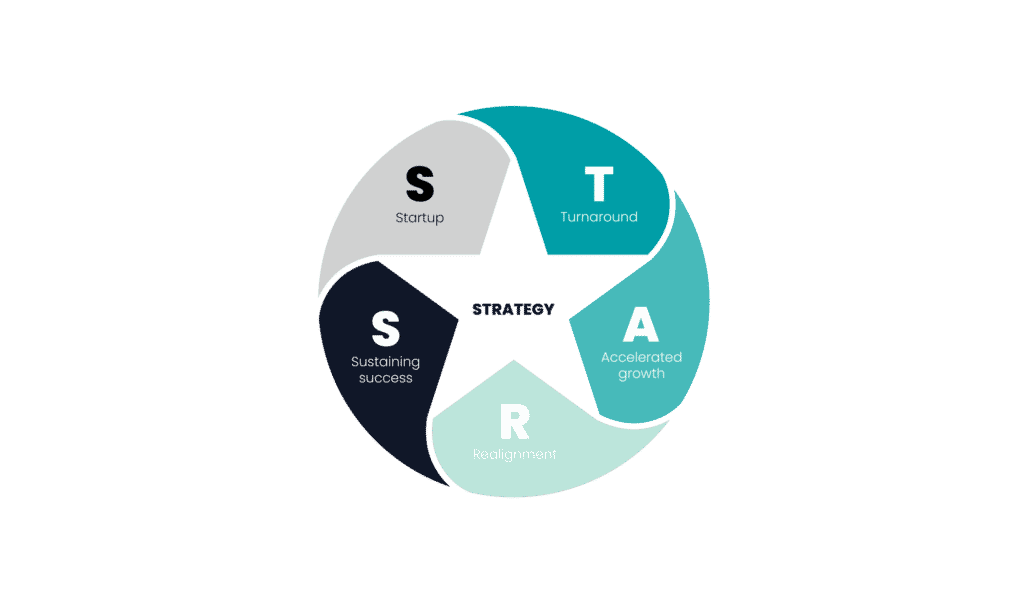
A guide for a smooth transition into your new role, inspired by Michael D. Watkins’ “The First 90 Days“
Transitions into new roles are defining moments for your career and for the organization you are joining.
Executive transitions significantly influence business growth and success, yet the importance of the transition period for leaders is often underprepared and undersupported.
To help you bridge this gap, the following transition roadmap demystifies the transition period. It will guide you through a systematic preparation for your transition that maximizes the time you have before and during your transition to build momentum early on in your new role.
Contents
Accelerate Your Learning During Transition
Opinions about your effectiveness as a leader will begin to form quickly. To be effective, you need to learn about your organization. Figure out what you need to know, then conquer the learning curve by learning it as quickly as possible.
How to prepare:
- Increase the efficiency of your learning process
- Set a learning plan: turn facts, figures and information into actionable insights
- Set learning goals: whether it’s daily or weekly milestones, identify your goals
Ultimately, you want to accelerate your learning.
Expectations of Your Role
In most new roles, the expectation is to increase the performance of your organization. You need to be, or become, an expert in leading change.
To lead successfully through change, you need to have a clear understanding of the business situation and match your strategy to each situation.
The STARS model helps you identify your organization’s situation clearly. The model’s key point is that businesses, and the processes within them, move from one type of STARS situation to another.

It is imperative to match your strategy to the organization's current situation.
Build Relationships to Achieve Alignment
As you know, building relationships with your boss and key stakeholders will be central to your success. Start with it, from day one if not before. Don’t wait for your boss to define goals and communicate expectations. Be proactive and actively seek out opportunities to learn about and influence what opportunity and success look like in your new company.
Plan to have the right conversations with the right people about:
- The situation you’re coming into
- Expectations your boss and other key stakeholders
- Resources available to you
Gain alignment as soon as you start your new role.
Identify Your Goals, Your Strategy, and Your Vision
As you continue to accelerate and learn more about your organization, it’s time to start establishing a direction for yourself and your team. Everyone benefits from clarity, so to establish a clear direction of your new organization, find out:
- What needs to be done?
- How can it be accomplished?
- Why should my team be on board and excited about it?
Identify priorities, define the strategy and work on creating your vision.
Build Your Team
In most leadership situations, delivering results is no one man show. Assuming you are leading an existing team, it’s time to assess and mobilize every team member:
- Assess strengths and weaknesses
- Reshape the team to suit your priorities
- Focus on the strategy you want to deliver
Build and align your team so they understand and share your vision for the organization.
Secure Early Wins
Fact is, tangible improvements to the business energize the team. The best choices for essential early wins are “low-hanging fruit”. These are problems you have identified within the organization that can be solved quickly and show immediate operational improvements or financial gains.
- Identify promising ways to create momentum
- Focus on tangible improvements
- Prioritize to achieve them as effectively and efficiently as possible
Gain momentum through early wins that showcase your effective leadership style.
Create Coalitions
Create alliances within the organization early on. Vertical and horizontal coalitions will help you achieve your most important goals from your list of priorities.
- Identify power players in your organization
- Understand what makes them tick and what they care about
- Gain support across the hierarchy of the organization
- Never focus on just one area – consider product, people, and politics
Strong vertical and horizontal coalitions are important to balance. This way you reach the level of understanding you need to accelerate your transition and become a successful leader.
Expedite Everyone
What happens when you successfully accelerate your learning about your new organization?
- You reach your break-even point 40% faster, which means you are taking charge effectively and accelerating your team and the organization sooner
- 9 out of 10 teams whose leader had a successful transition go on to meet their three-year performance goals
- You maximize your 90 days of transitioning, creating and sustaining momentum throughout your tenure
It’s time to craft your personal transition roadmap.
More Inspiration and Support From Key Search
We are continuously adding to our platform of insights, discussing key topics of the industries we work with on the Key Search Blog to inspire and support you.

